
If the Smithsonian is America’s attic, the National Recording Registry is the dusty box of records that America’s parents left up there.
Every year since 2002, the Library of Congress has chosen an eclectic mix of historically significant recordings in a wide range of genres to preserve. This year’s list, announced Wednesday, is no different.
Among the 25 recordings being added this year: the 1928 blues song soundFile=http://time.com/wp-content/uploads/2015/03/black_snake_moan.mp3|
startPosition=1|
endPosition=30000|
content=”Black Snake Moan” by Blind Lemon Jefferson, the original 1949 cast album of the Broadway musical soundFile=http://time.com/wp-content/uploads/2015/03/kiss_me_kate-too_darn_hot.mp3|
startPosition=1|
endPosition=26000|
content=”Kiss Me, Kate” and Joan Baez’s soundFile=http://time.com/wp-content/uploads/2015/03/joan_baez.mp3|
startPosition=1|
endPosition=33000|
content=self-titled debut from 1960.
MORE When Joan Baez Made the Cover of TIME
With choices ranging from New Orleans jazz to gospel and country, there’s a little bit of something for everyone on the list. And that’s kind of the point.
Like any government project in a democracy, the National Recording Registry aims to please a broad range of interest groups and avoid controversy.
The best way to approach the list is not to think about the selections, but about the intended audience for each one. Here’s a breakdown of some of the major targets:
The Classic Rock Fan: Rock music still has a broad demographic reach, and nostalgia-prone Baby Boomers and Generation X’ers are sure to read a story about a classic rock band being preserved by the Library of Congress. These picks are so ubiquitous they hardly cry out to be urgent candidates for preservation, but they’re good for publicity. Past examples: Jimi Hendrix’s Are You Experienced, Bruce Springsteen’s Born to Run and Nirvana’s Nevermind.
startPosition=1|
endPosition=29000|
content=The Doors’ debut album, the Righteous Brothers’ soundFile=http://time.com/wp-content/uploads/2015/03/youve_lost_that_lovin.mp3|
startPosition=1|
endPosition=38000|
content=”You’ve Lost that Lovin’ Feelin'” and Ben E. King’s soundFile=http://time.com/wp-content/uploads/2015/03/stand_by_me.mp3|
startPosition=1|
endPosition=33000|
content=”Stand By Me.”
The Rock Critic: To quiet complaints from rock snobs about the previous selection, the list also typically includes a counterpoint that is beloved by music critics but not as radio-friendly. Past examples: Captain Beefheart’s Trout Mask Replica, Patti Smith’s Horses and Jeff Buckley’s cover of Leonard Cohen’s “Hallelujah” (double points for that one).
startPosition=1|
endPosition=32000|
content=OK Computer.
Hear More:
soundFile=http://time.com/wp-content/uploads/2015/03/2014_national_recording_registry_montage.mp3|
startPosition=1|
endPosition=440000|
content=A seven-minute montage of this year’s picks.
The Senior Citizen: The list-makers approach the world of pop music warily. Unlike rock ‘n’ roll, pop only qualifies for preservation if your grandmother listened to it. Songs that capture the zeitgeist of a bygone historical era are also favored. Past examples: “You’re a Grand Old Flag,” “Over There,” “When You Wish Upon a Star” and “Brother, Can You Spare a Dime?”
startPosition=1|
endPosition=31000|
content=”Ac-Cent-Tchu-Ate the Positive” by Johnny Mercer.
The Opry Fan: Country music is treated the same way as pop. If Johnny Cash would have listened to it, it’s OK. But modern country is out. One of the few contemporary country picks, Willie Nelson’s Red Headed Stranger, was a complete rejection of the slick Nashville sound. Past examples: “Wildwood Flower,” by the Carter Family, “Blue Moon of Kentucky” by Bill Monroe and “Lovesick Blues” by Hank Williams.
startPosition=1|
endPosition=32000|
content=”Sixteen Tons” by Tennessee Ernie Ford.
The Jazz Aficionado: The list-makers approach jazz music as reverently as a Ken Burns documentary, ticking off another part of the generally agreed upon canon or adding a key early influence each year. Past examples: Louis Armstrong’s Hot Five and Hot Seven recordings, Count Basie’s “One O’Clock Jump,” Charlie Parker’s “Ko Ko” and Miles Davis’ Kind of Blue.
startPosition=1|
endPosition=35000|
content=”My Funny Valentine” by the Gerry Mulligan Quartet and New Orleans’
soundFile=http://time.com/wp-content/uploads/2015/03/sweet_emma.mp3|
startPosition=1|
endPosition=35000|
content=Sweet Emma Barrett and her Preservation Hall Jazz Band.
The Hip Hop Dilettante: The list approaches hip hop cautiously. Aside from early landmarks Sugar Hill Gang’s “Rapper’s Delight” and Grandmaster Flash’s “The Message,” the registry includes only De La Soul’s 3 Feet High and Rising, Public Enemy’s Fear of a Black Planet and Tupac Shakur’s “Dear Mama,” an idiosyncratic group. Potentially controversial choices like gangsta rap are avoided. This genre is also limited by the requirement recordings be at least 10 years old.
startPosition=1|
endPosition=33000|
content=The Miseducation of Lauryn Hill.
MORE: Photographs of the 25 Selections This Year
The Vinyl Collector: Another selection will be familiar only to people who are into what rock critic Greil Marcus once called “the old, weird America.” Think of this as hitting shuffle on Bob Dylan’s mental iPod. Past examples: “Honolulu Cake Walk,” a ragtime song played on banjo; “Allons a Lafayette,” the first commercial Cajun music recording; and “Fon der Choope,” one of the first klezmer recordings.
startPosition=1|
endPosition=32000|
content=”The Boys of the Lough”/”The Humours of Ennistymon” by Irish-American fiddler Michael Coleman.
The Politician: The registry wouldn’t exist if it weren’t for Congress, so politicians get their due as well. That can be anything from speeches to historic news coverage carefully curated to include bipartisan heroes. Past examples: Lyndon Johnson’s White House recordings, Ronald Reagan’s mid-1970s radio broadcasts and Republican training organization GOPAC’s instructional tapes.
startPosition=1|
endPosition=71000|
content=Franklin Roosevelt’s funeral.
And that’s not all. Each year’s list also typically includes a historical recording from the early days of recorded music, gospel music, a traditional blues song, a comedy album, an old radio play and a Broadway musical. Less frequently, it may also include world music, disco, reggae, classical music, folk revival, spoken word, poetry, a movie soundtrack, an oral history or a historic interview.
Regardless of the number of selections — currently at 425 overall — the list will always feel incomplete. But, the beauty is, there’s always next year.
Read next: Streaming Music Showdown: Spotify vs. Beats
Listen to the most important stories of the day.
See the 25 Recordings the Library of Congress Will Preserve

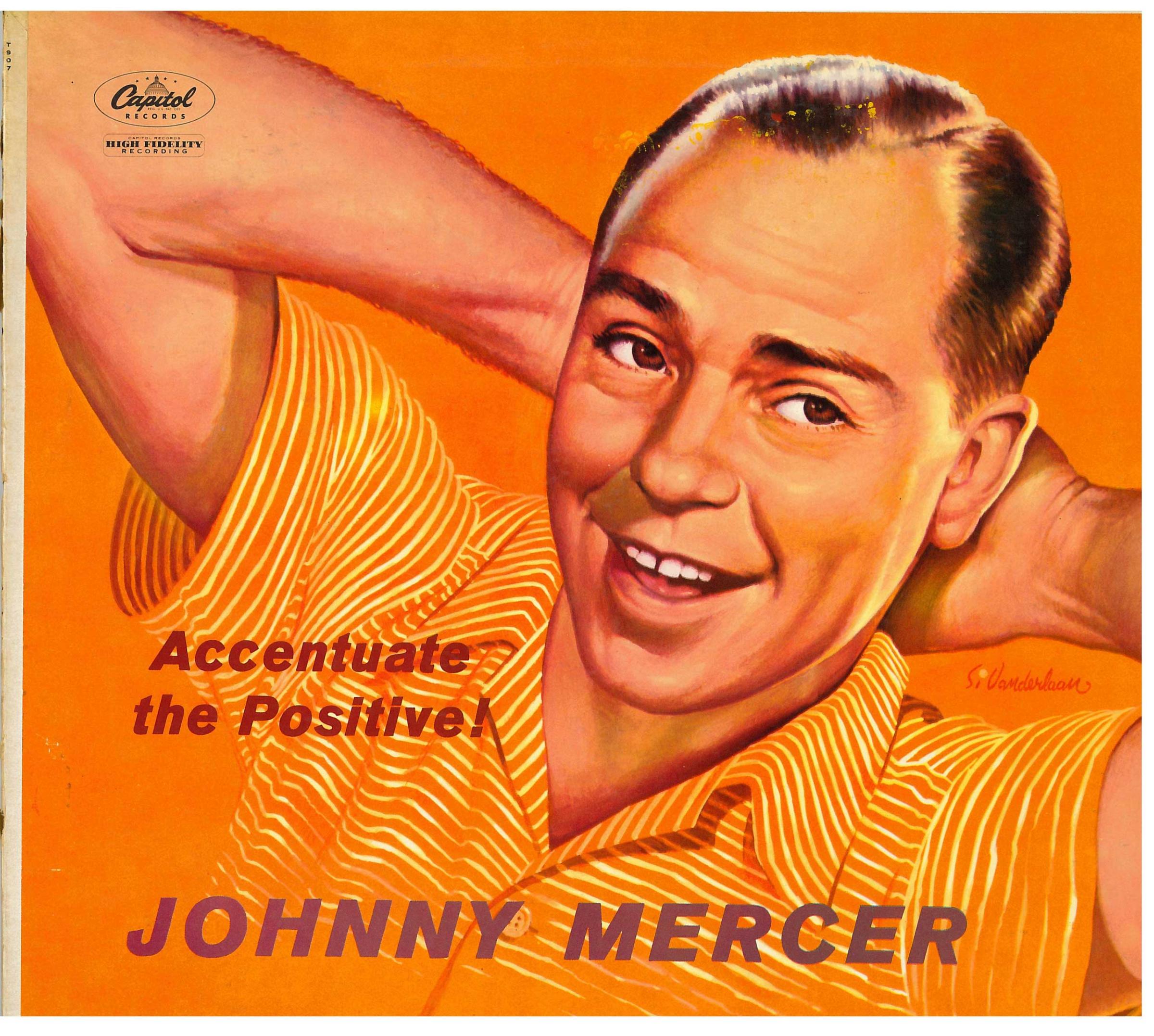



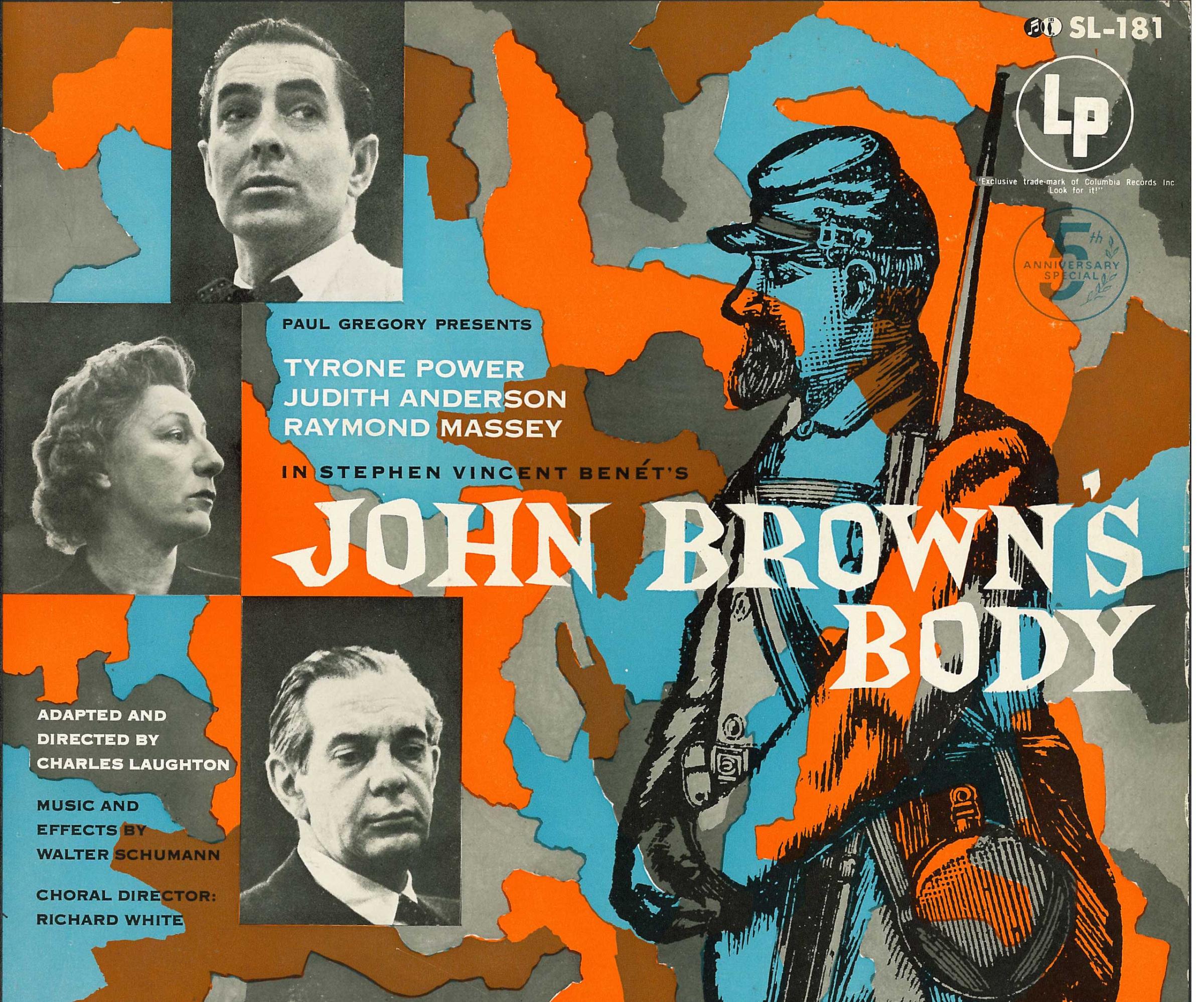


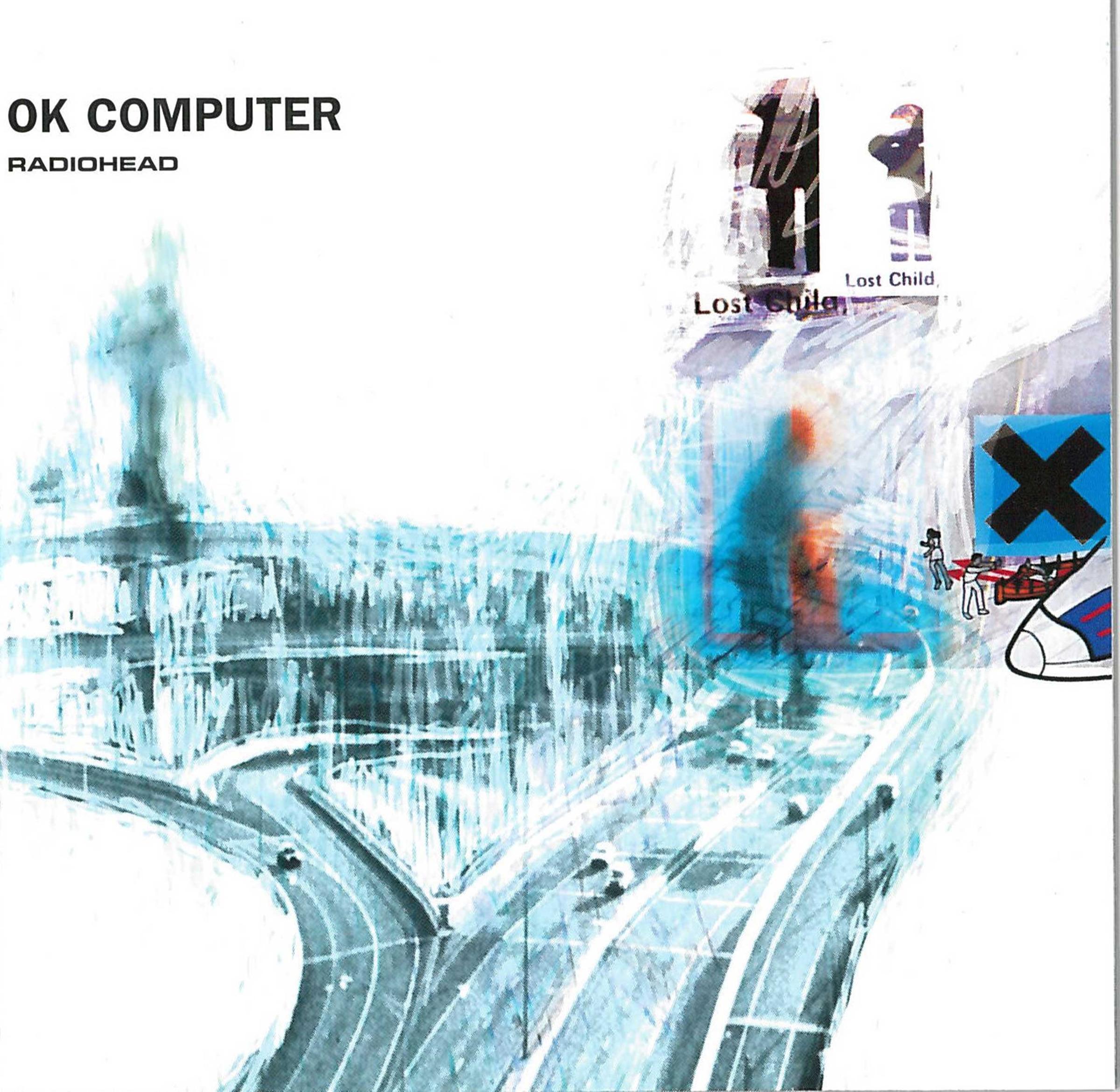
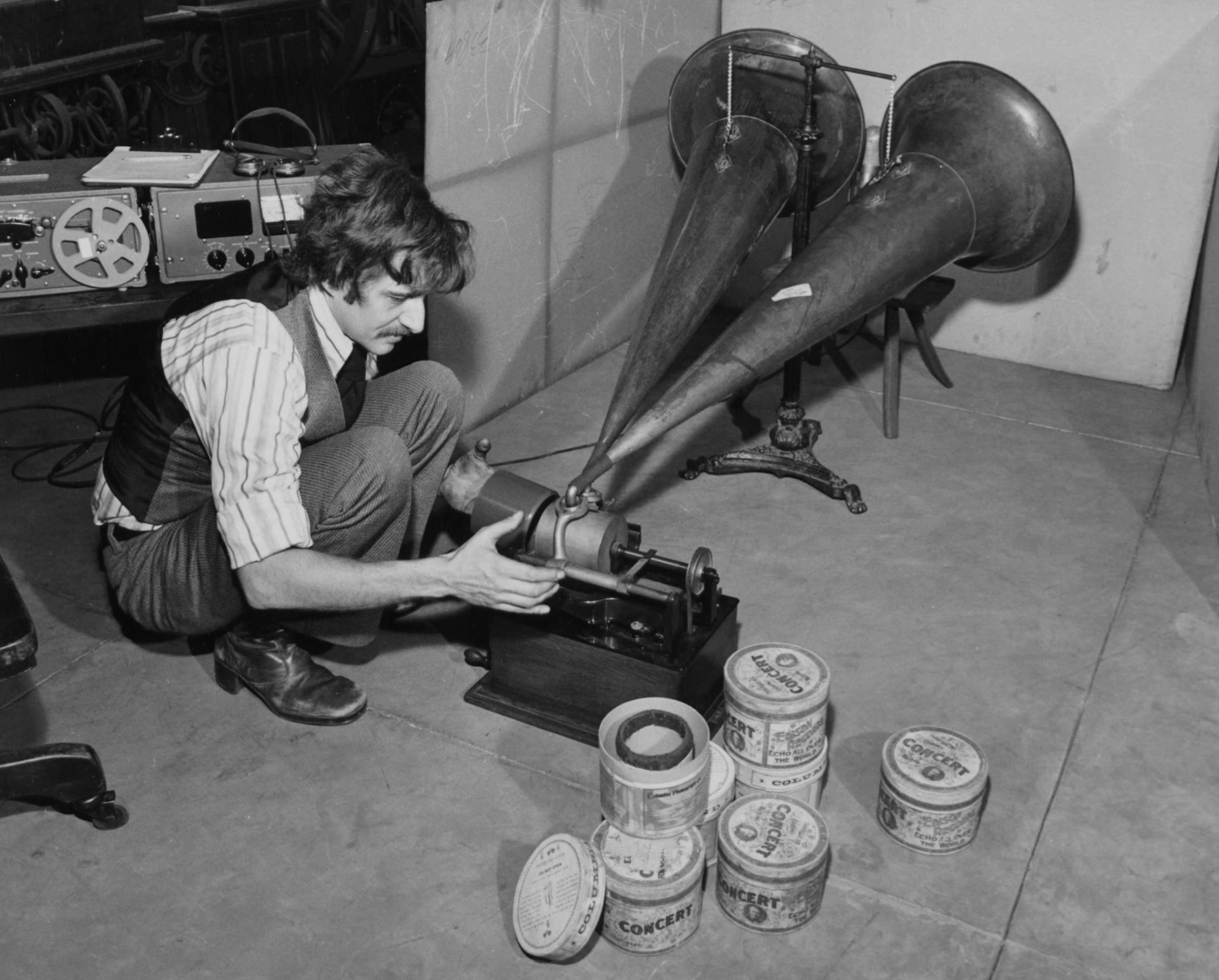
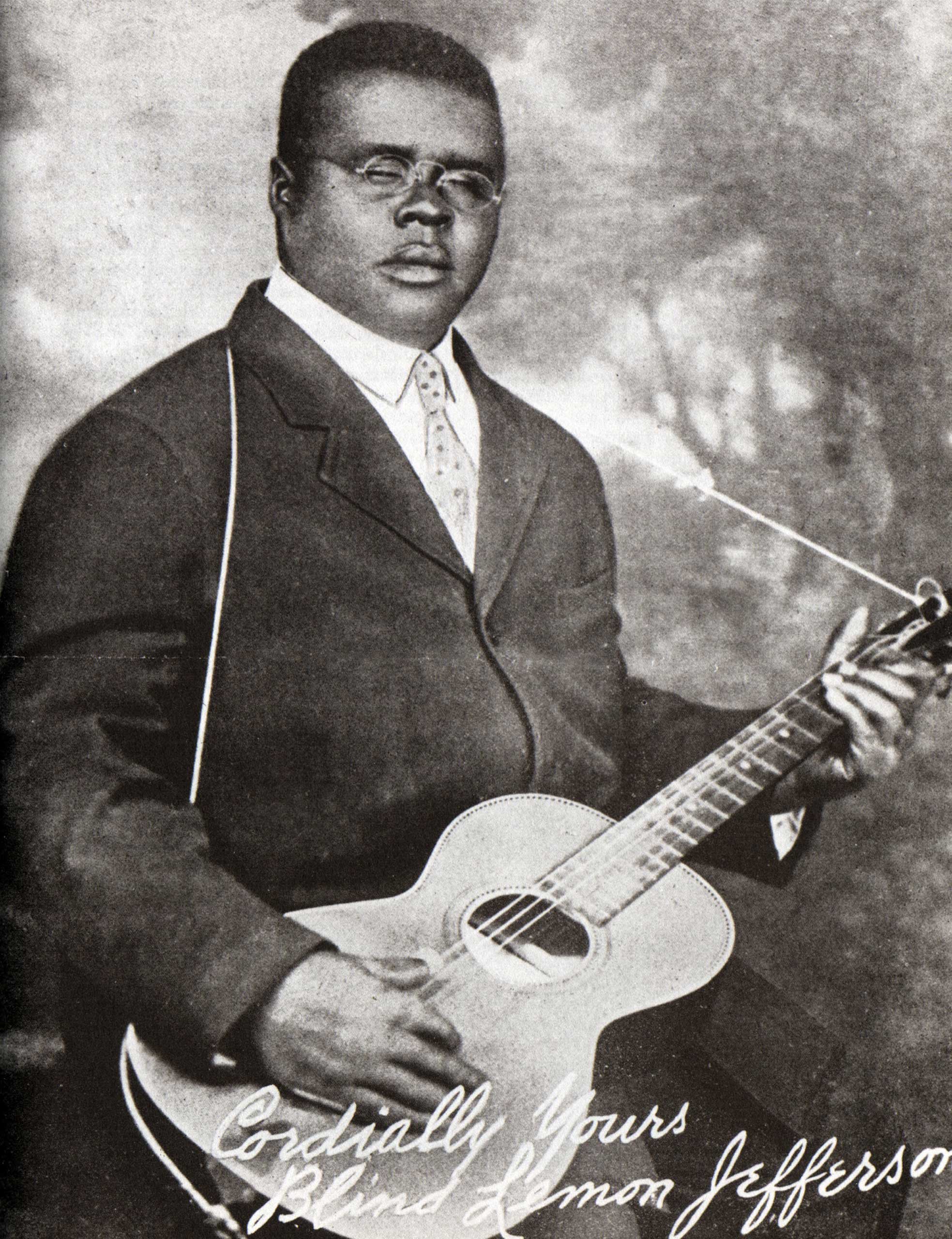
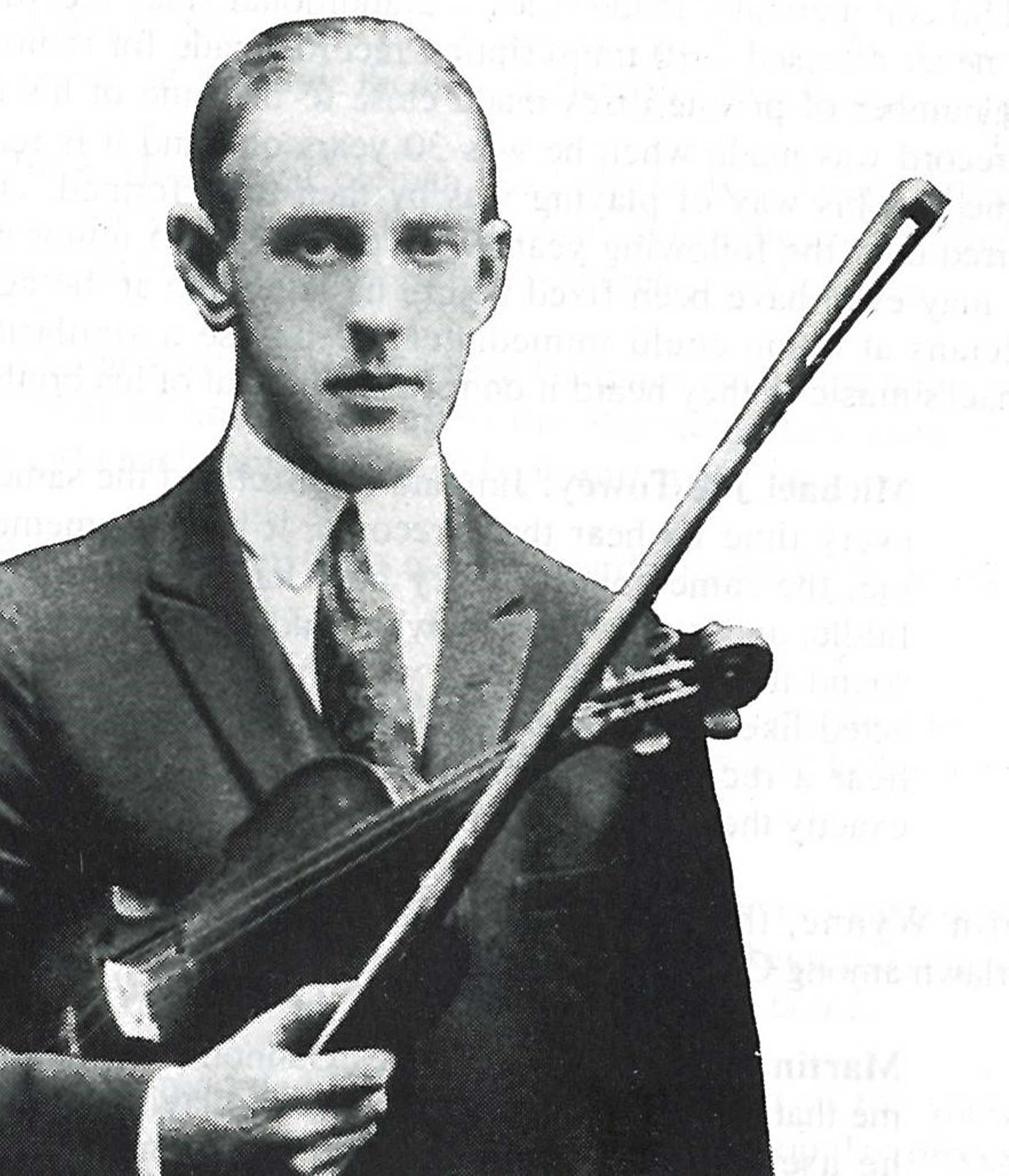
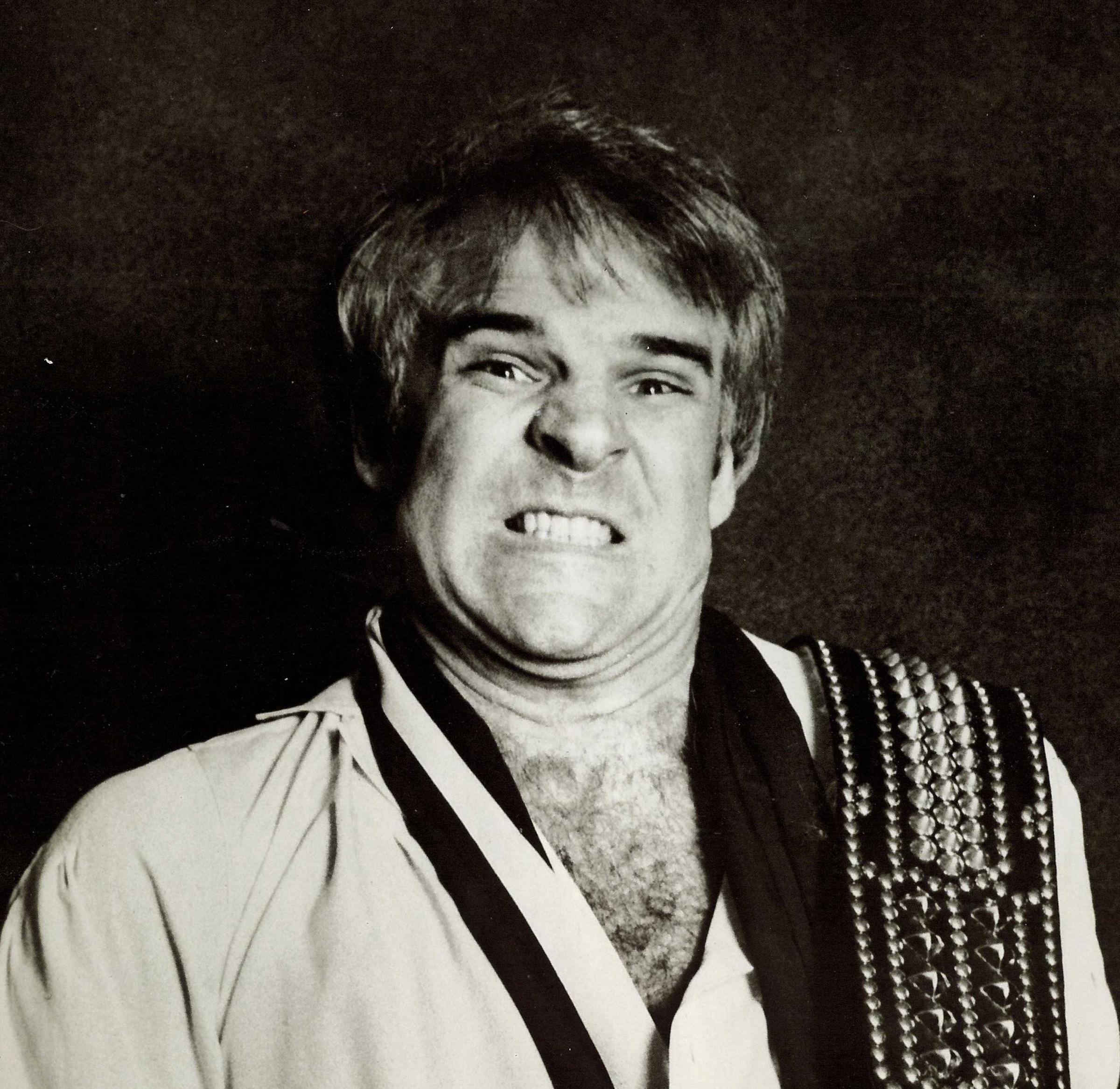

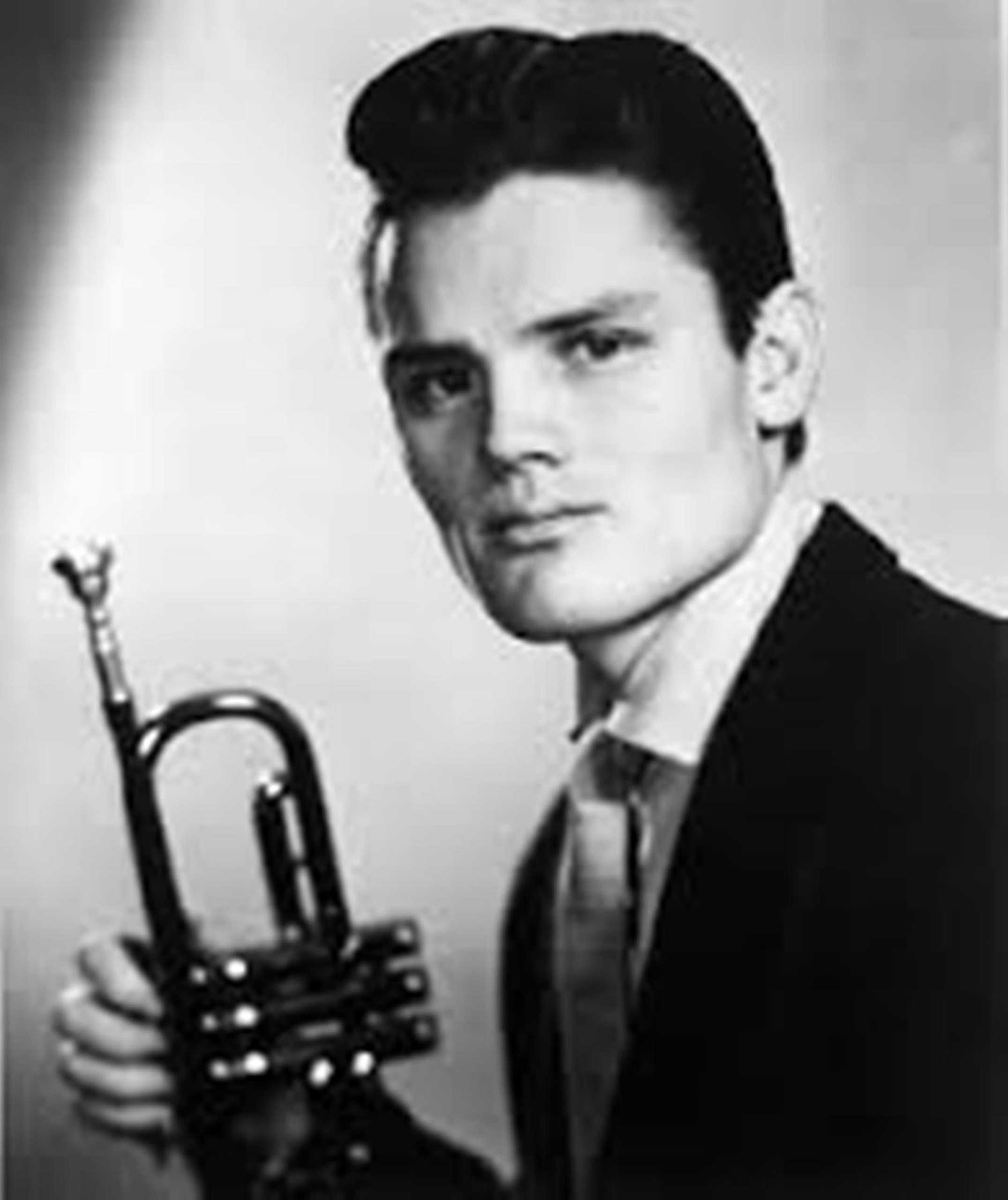
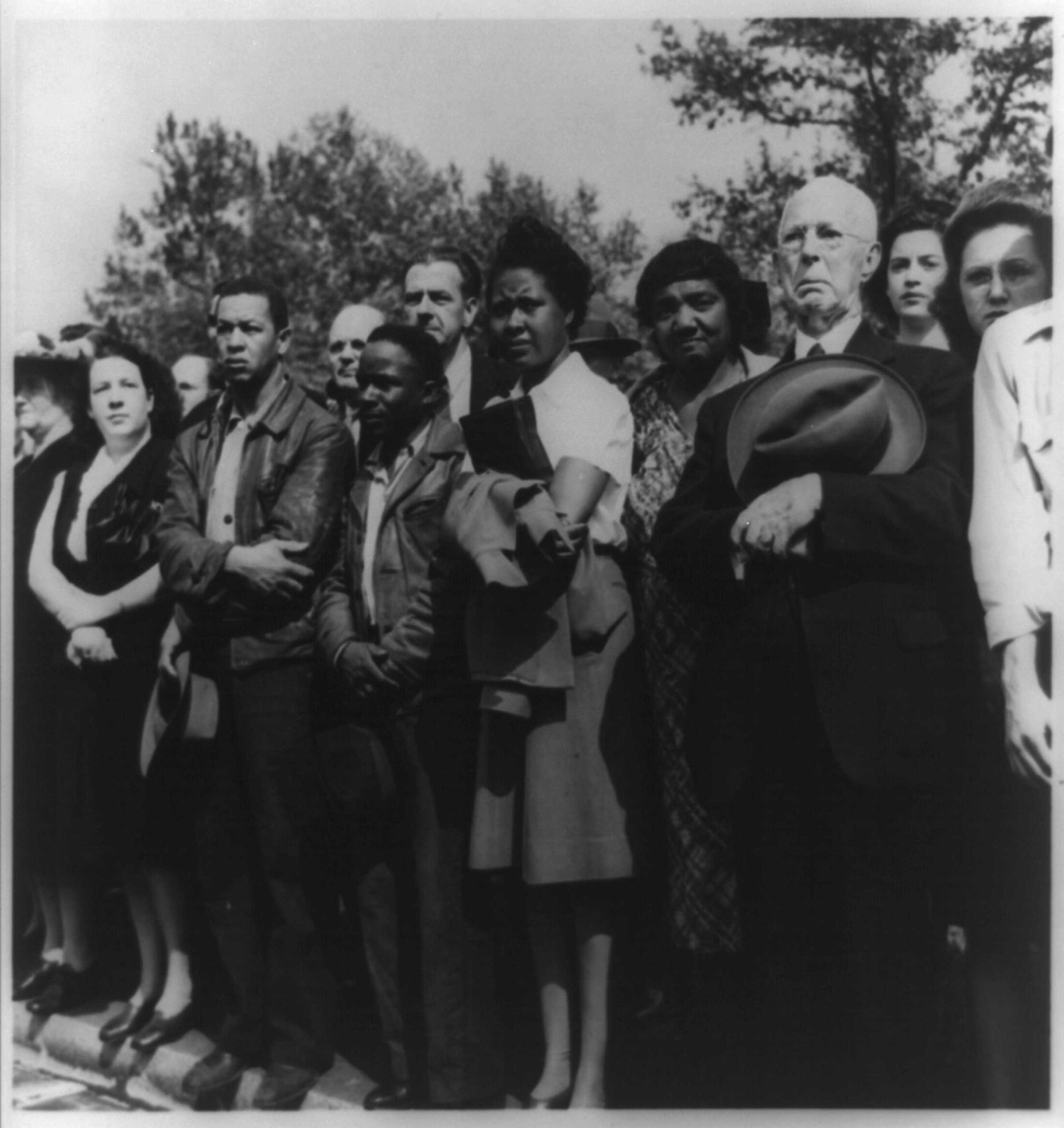
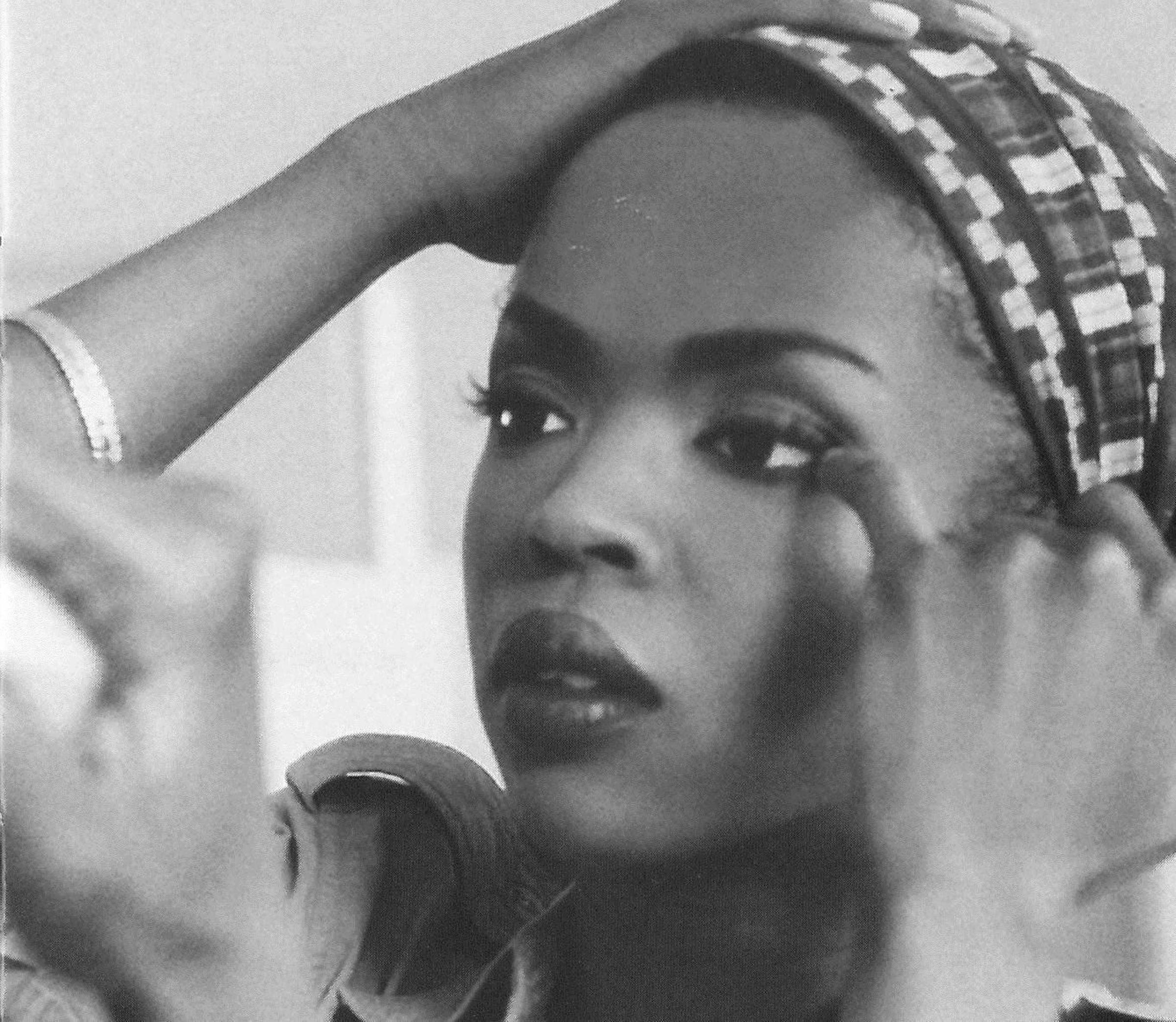
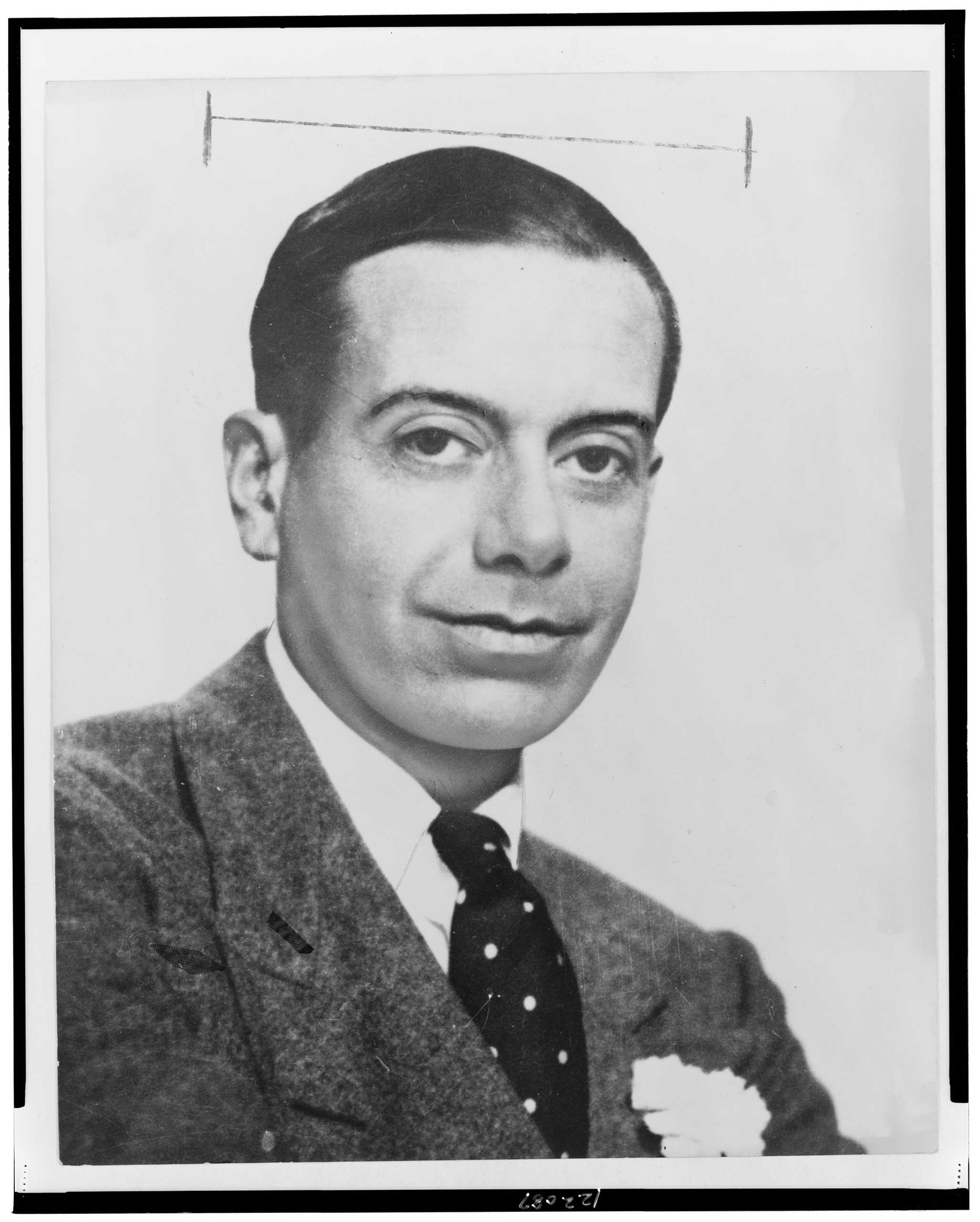

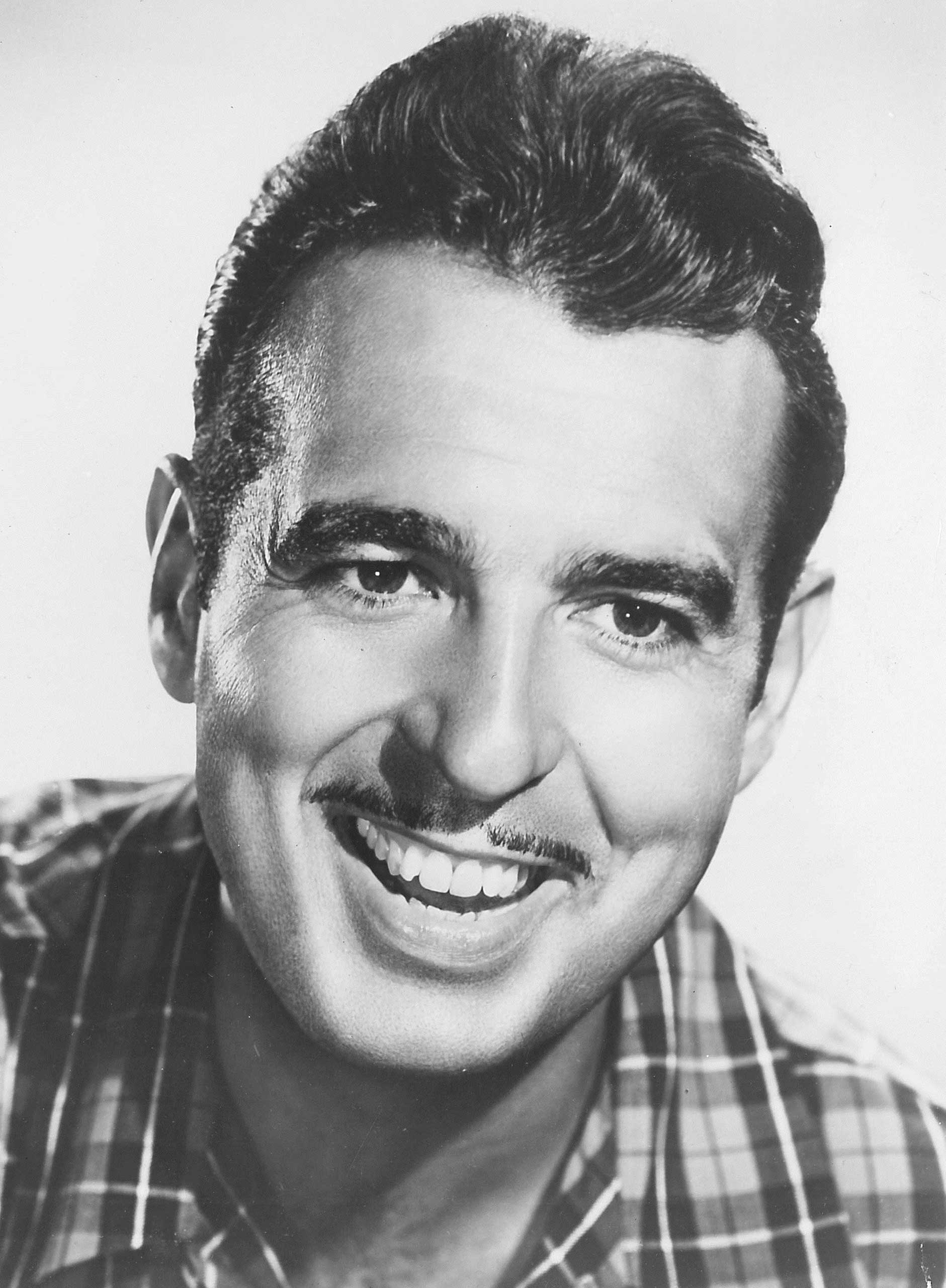
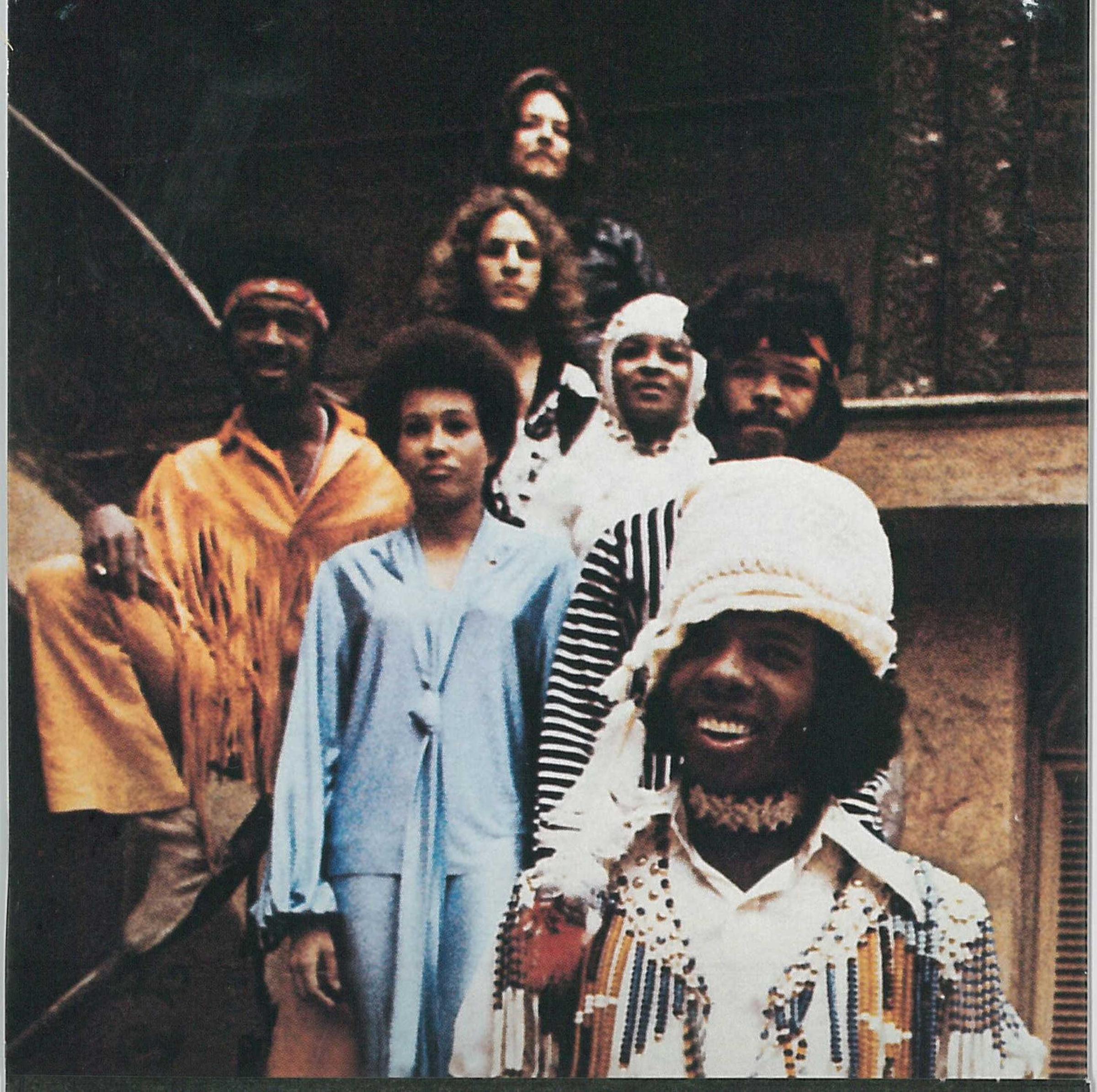


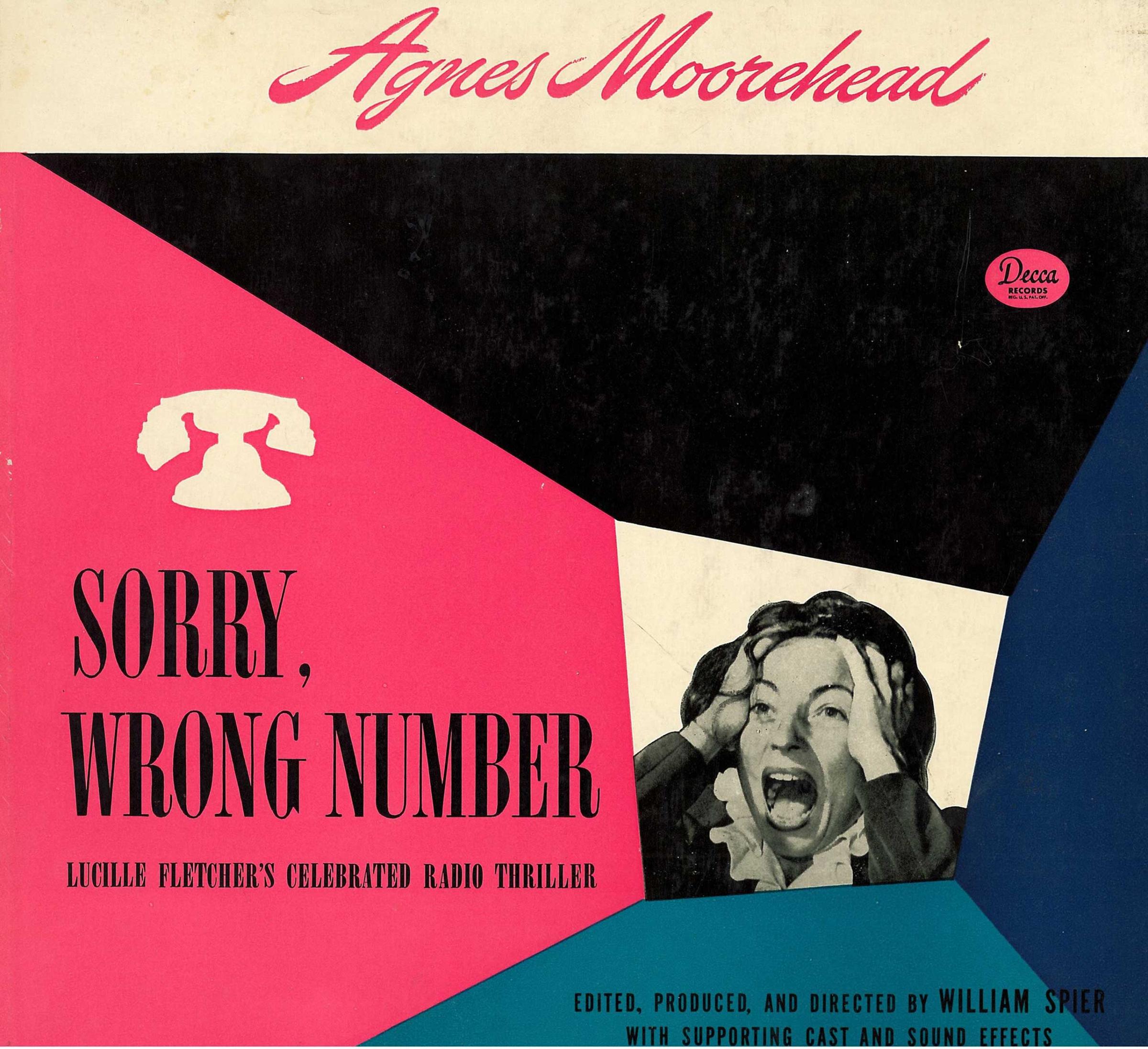
More Must-Reads from TIME
- Cybersecurity Experts Are Sounding the Alarm on DOGE
- Meet the 2025 Women of the Year
- The Harsh Truth About Disability Inclusion
- Why Do More Young Adults Have Cancer?
- Colman Domingo Leads With Radical Love
- How to Get Better at Doing Things Alone
- Michelle Zauner Stares Down the Darkness
Contact us at letters@time.com